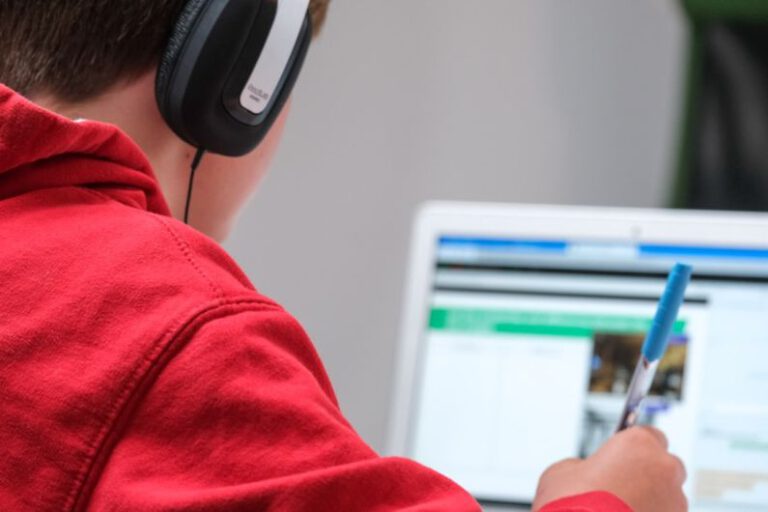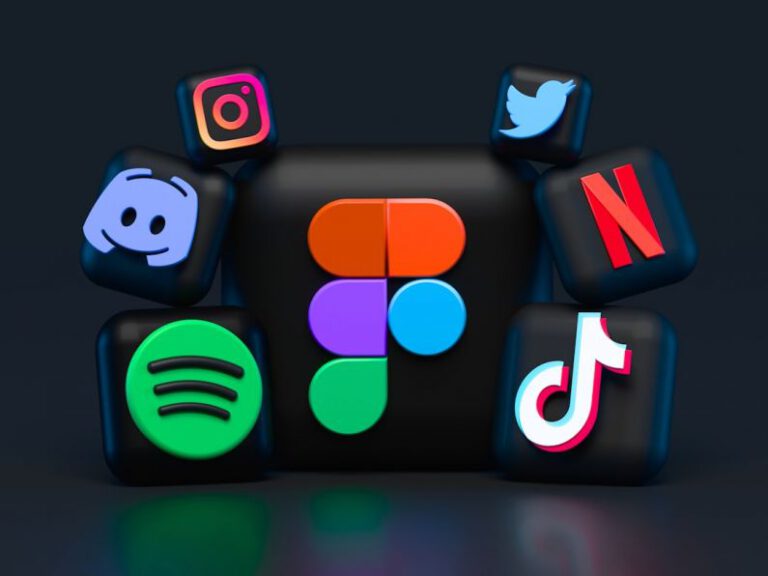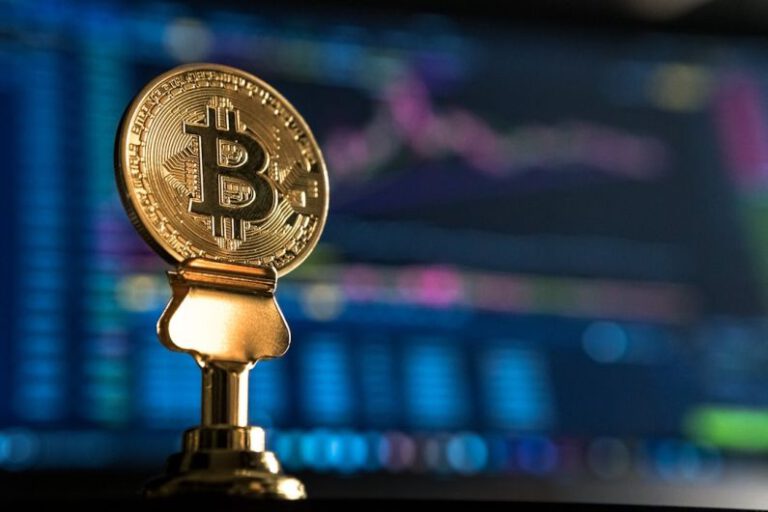The Digital Divide: Bridging the Gap in Internet Access
In today’s increasingly digital world, access to the internet has become a necessity rather than a luxury. The ability to connect to the web provides countless opportunities for education, communication, employment, and social interaction. However, not everyone has equal access to this vital resource, leading to a stark divide known as the digital divide. Bridging this gap in internet access is crucial to ensure that all individuals have the opportunity to fully participate in the digital age.
**The Digital Divide: Understanding the Disparity**
The digital divide refers to the gap between those who have access to the internet and digital technologies and those who do not. This divide is often influenced by factors such as socioeconomic status, geographic location, age, education level, and physical disabilities. In today’s society, where so much of our daily lives are conducted online, those without reliable internet access are at a significant disadvantage.
**The Impact of the Digital Divide**
The consequences of the digital divide are far-reaching and impact various aspects of individuals’ lives. One of the most significant effects is on education. With many schools transitioning to online learning platforms, students without internet access are unable to fully participate in their education. This can lead to disparities in learning outcomes and perpetuate existing inequalities.
Furthermore, the digital divide has implications for employment opportunities. Many job applications and professional development opportunities are now conducted online. Without internet access, individuals may struggle to find employment or advance in their careers. This can contribute to higher rates of unemployment and economic instability among those on the wrong side of the digital divide.
**Bridging the Gap: Initiatives and Solutions**
Efforts to bridge the digital divide are essential to ensure that everyone has equal access to the benefits of the internet. Governments, non-profit organizations, and private companies have all launched initiatives to address this issue. One common approach is to expand broadband infrastructure to underserved areas, providing more people with access to high-speed internet.
In addition to improving infrastructure, initiatives aimed at increasing digital literacy are crucial. Many individuals may have access to the internet but lack the skills to use it effectively. Programs that offer training in basic computer skills, internet navigation, and online safety can empower individuals to take full advantage of the digital world.
**The Role of Community Engagement**
Community engagement plays a vital role in bridging the digital divide. Local organizations and community centers can serve as hubs for internet access and digital literacy training. By working together, communities can ensure that all their members have the tools and resources they need to thrive in the digital age.
**Empowering Individuals Through Connectivity**
Ultimately, bridging the digital divide is about empowering individuals to reach their full potential. Access to the internet opens up a world of possibilities, from educational opportunities to job prospects to social connections. By ensuring that everyone has equal access to this essential resource, we can create a more inclusive and equitable society.
**In Conclusion: Building a Connected Future**
The digital age presents countless opportunities for innovation and growth, but these benefits can only be realized if everyone has equal access to the internet. Bridging the digital divide is not just a matter of expanding infrastructure; it is about empowering individuals and communities to thrive in an increasingly digital world. By working together to address this issue, we can build a more connected and inclusive future for all.






